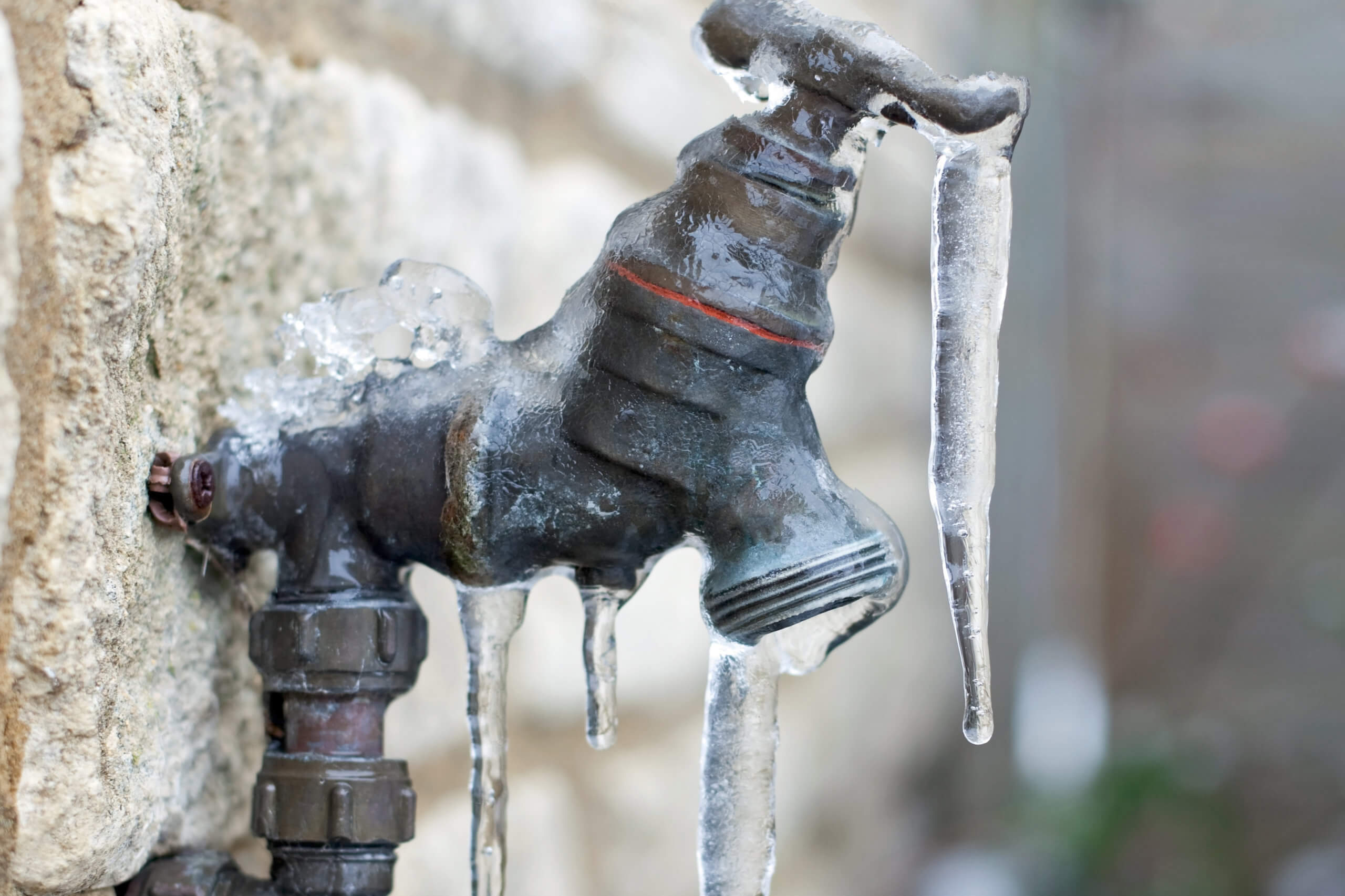The writer is making a few great pointers on Winter Plumbing Precautions: Preventing Frozen Pipes in general in this content which follows.

Winter can damage your pipes, particularly by freezing pipes. Right here's just how to prevent it from occurring and what to do if it does.
Intro
As temperature levels decline, the threat of frozen pipelines increases, potentially resulting in pricey repair services and water damages. Understanding how to stop frozen pipes is critical for house owners in cold environments.
Comprehending Frozen Pipelines
What triggers pipelines to freeze?
Pipelines freeze when revealed to temperature levels below 32 ° F (0 ° C) for expanded periods. As water inside the pipelines ices up, it increases, putting pressure on the pipe wall surfaces and possibly triggering them to break.
Risks and damages
Icy pipelines can result in water disruptions, building damage, and costly repair services. Burst pipes can flood homes and trigger considerable architectural damages.
Signs of Frozen Water Lines
Determining icy pipelines early can avoid them from rupturing.
Just how to recognize icy pipelines
Seek lowered water circulation from faucets, uncommon smells or sounds from pipelines, and visible frost on exposed pipes.
Prevention Tips
Insulating vulnerable pipelines
Cover pipes in insulation sleeves or utilize heat tape to protect them from freezing temperature levels. Concentrate on pipes in unheated or external areas of the home.
Home heating techniques
Maintain indoor spaces properly warmed, particularly locations with plumbing. Open up closet doors to allow cozy air to flow around pipes under sinks.
Safeguarding Outdoor Pipes
Yard hose pipes and outdoor taps
Separate and drain pipes garden tubes prior to winter season. Mount frost-proof faucets or cover outside taps with protected caps.
What to Do If Your Pipes Freeze
Immediate activities to take
If you suspect frozen pipes, maintain faucets open up to ease stress as the ice melts. Utilize a hairdryer or towels taken in hot water to thaw pipelines gradually.
Long-Term Solutions
Structural modifications
Take into consideration rerouting pipelines far from exterior walls or unheated locations. Include extra insulation to attic rooms, cellars, and crawl spaces.
Upgrading insulation
Invest in top notch insulation for pipelines, attics, and walls. Appropriate insulation assists keep regular temperature levels and reduces the threat of icy pipelines.
Final thought
Stopping icy pipelines needs proactive measures and fast actions. By comprehending the causes, signs, and safety nets, home owners can secure their plumbing throughout cold weather.
5 Ways to Prevent Frozen Pipes
Drain Outdoor Faucets and Disconnect Hoses
First, close the shut-off valve that controls the flow of water in the pipe to your outdoor faucet. Then, head outside to disconnect and drain your hose and open the outdoor faucet to allow the water to completely drain out of the line. Turn off the faucet when done. Finally, head back to the shut-off valve and drain the remaining water inside the pipe into a bucket or container. Additionally, if you have a home irrigation system, you should consider hiring an expert to clear the system of water each year.
Insulate Pipes
One of the best and most cost-effective methods for preventing frozen water pipes is to wrap your pipes with insulation. This is especially important for areas in your home that aren’t exposed to heat, such as an attic. We suggest using foam sleeves, which can typically be found at your local hardware store.
Keep Heat Running at 65
Your pipes are located inside your walls, and the temperature there is much colder than the rest of the house. To prevent your pipes from freezing, The Insurance Information Institute suggests that you keep your home heated to at least 65 degrees, even when traveling. You may want to invest in smart devices that can keep an eye on the temperature in your home while you’re away.
Leave Water Dripping
Moving water — even a small trickle — can prevent ice from forming inside your pipes. When freezing temps are imminent, start a drip of water from all faucets that serve exposed pipes. Leaving a few faucets running will also help relieve pressure inside the pipes and help prevent a rupture if the water inside freezes.
Open Cupboard Doors
Warm your kitchen and bathroom pipes by opening cupboards and vanities. You should also leave your interior doors ajar to help warm air circulate evenly throughout your home.

We were made aware of that article on How to prepare your home plumbing for winter weather through someone on our other site. So long as you appreciated our blog entry if you please remember to pass it around. Thanks a bunch for being here. Don't forget to come visit our website back soon.
Schedule And Pricing